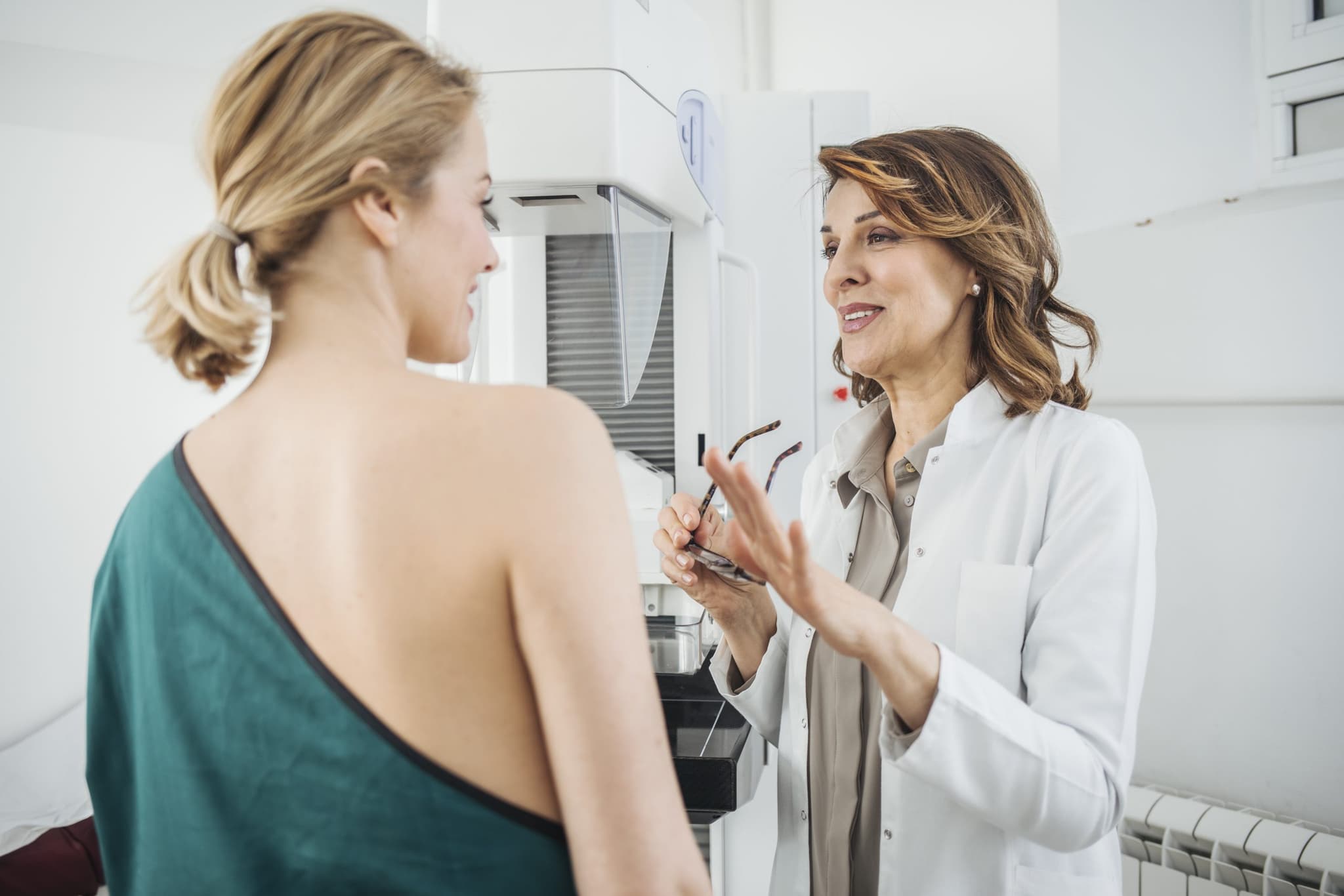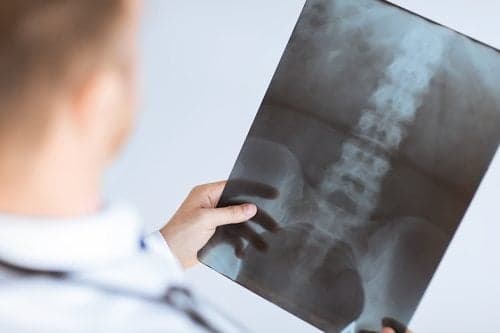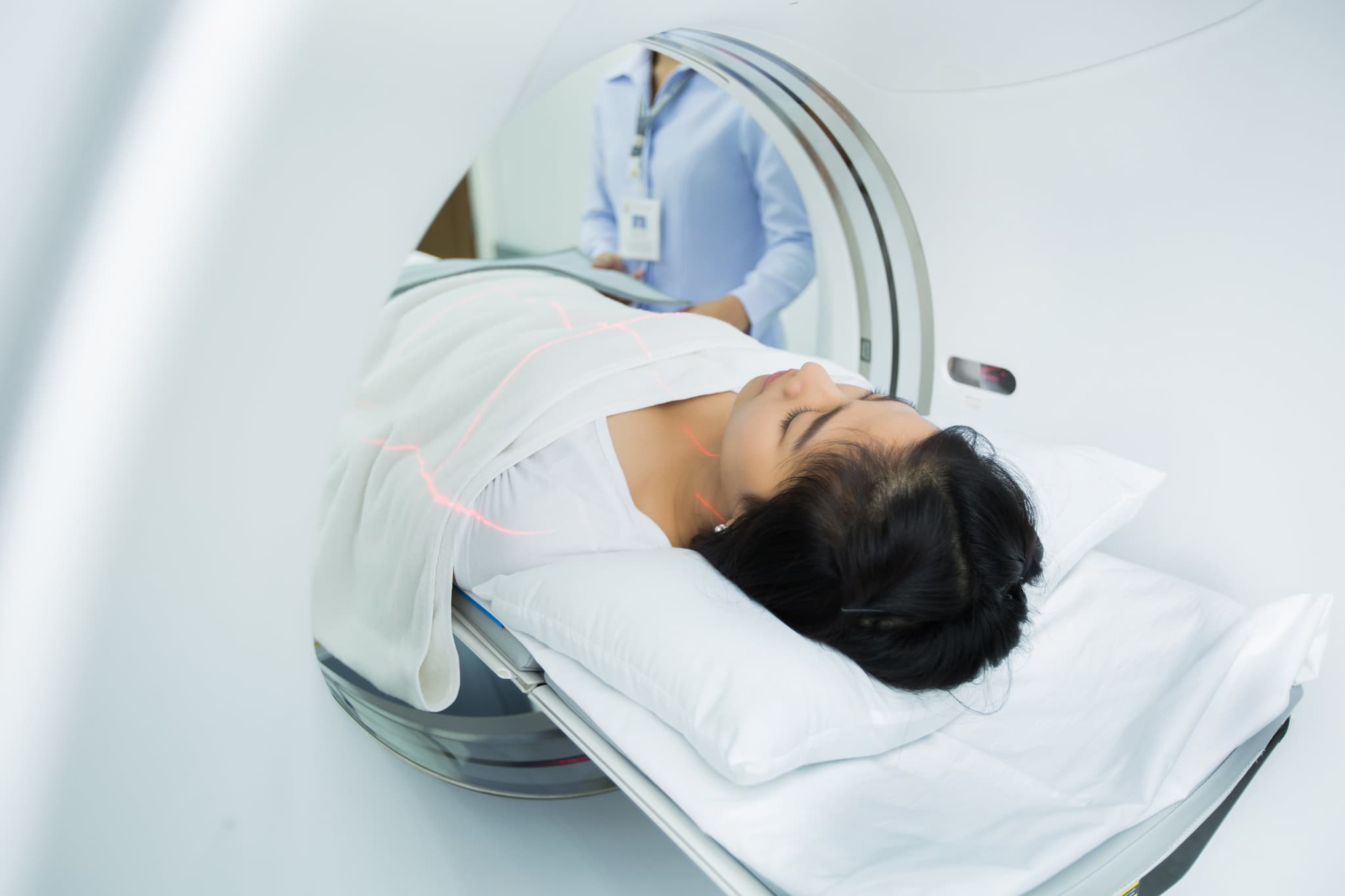
2021-10-27T16:18:53
Why your Next Clinical Breast Exam Should Include a 3D Mammogram
- Cancer Center
- Imaging
November 7, 2017 | Imaging • Radiology
Specialties:Imaging • Radiology

X-rays are commonly used for diagnosing fractures and numerous other conditions. This simple procedure is the fastest and simplest way for a doctor to view and assess fractures, injuries or abnormalities. The procedure requires very little special preparation and is very easily performed. Here’s what you can expect.
An X-ray, also called a radiograph, is a noninvasive imaging test that helps diagnose various conditions. It involves exposing part of the body to a small dose of ionizing radiation, which creates pictures from inside the body. X-rays can be performed on any bone in the body.
Some of the common uses of a bone X-ray include:
Most X-rays don’t require any special preparation beforehand. You may be asked to remove clothing and wear a medical gown, and you’ll be asked to remove jewelry, dental appliances, glasses and any metal objects that might interfere with the X-ray images. If you’re a woman who might be pregnant, inform your technologist in advance. If an X-ray is needed, precautions can be taken to limit the amount of radiation exposure to the baby.
The steps for a bone X-ray procedure will go as follows:
This procedure is usually complete within five to 10 minutes. You may experience small discomfort from cool temperatures in the exam room, and some people find it uncomfortable to hold in a still position and lie on the table.
When the exam is complete, you might be asked to wait until the technologist is sure that all the necessary images have been taken. A radiologist will interpret your results and send a signed report to your primary care or referring physician, and this doctor will discuss them with you. In some cases, follow-up exams will be needed.
There are several benefits of bone X-rays:
There are a few risks of an X-ray, though these are minor and rare:
Sources:
“X-ray (Radiography) – Bone.” RadiologyInfo.org. https://www.radiologyinfo.org/en/info.cfm?pg=bonerad
“Bone x-ray.” MedlinePlus. https://medlineplus.gov/ency/article/003808.htm
WRITTEN BY:
The Live Better Team

2021-10-27T16:18:53

2019-10-15T16:28:57

2019-06-06T10:36:51

2019-04-22T16:29:21
This information is not intended to replace the advice of a medical professional. You should always consult your doctor before making decisions about your health.